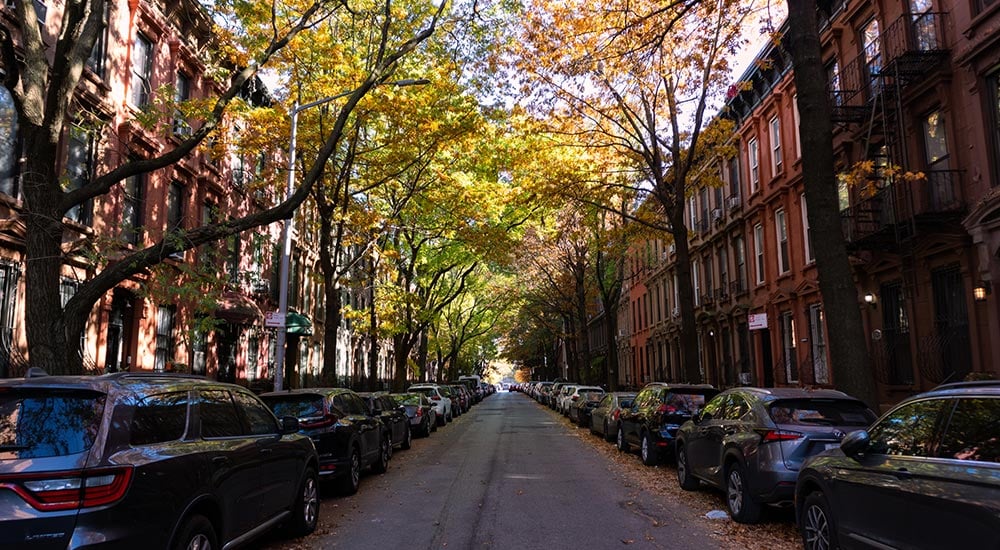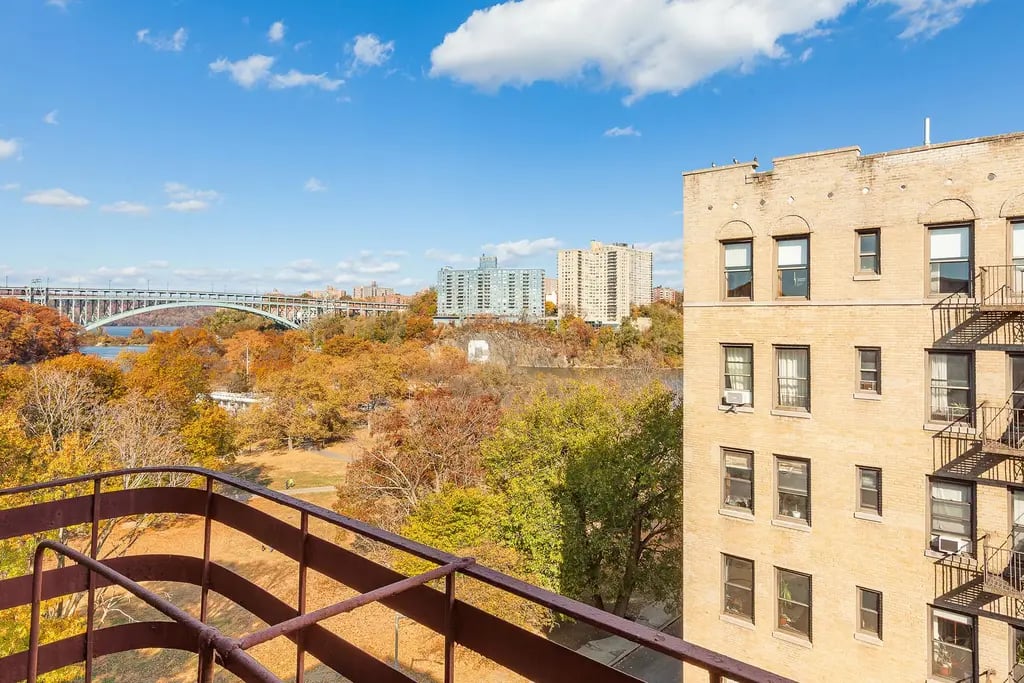In Park Slope, the difference between a fast, full-price offer and a long, price-chopped listing often comes down to one overlooked factor: timing.
Yes, location, condition, and price all matter, but when your home hits the market, it can dramatically affect who sees it, how they engage with it, and how strong their offers are. And in a family-focused neighborhood like Park Slope, where school calendars, holiday travel, and even spring soccer schedules shape buying behavior, timing isn’t just a detail; it’s a strategy.
In this post, we dive into how timing influences sale outcomes for Park Slope homes. You’ll see why spring isn’t always the golden window, how serious buyers behave in off-peak months, and when to hold off entirely. Whether you're planning to sell your brownstone, co-op, or condo, understanding this seasonal rhythm can help you hit the market with confidence—and capture the right buyers at the right moment.
Why Timing Quietly Shapes the Outcome
Most sellers fixate on pricing, photos, and staging—and rightly so. But the launch moment is when your home enters the buyer’s mental landscape. If that moment aligns with high motivation and low distraction, you win. If not, even a beautifully priced home can get overlooked.
Think of timing as your home’s first impression window.
It defines:
-
Who sees your listing in the first 72 hours
-
How crowded the market is at that moment
-
Whether buyers are poised to act or are still in browsing mode
In Park Slope, where the market is driven by families, planners, and schedule-sensitive professionals, timing isn’t just a background variable. It’s the air your listing breathes.
2. The Real Estate Year in Park Slope: A Seasonal Breakdown
Here’s how each part of the year performs and what it means for you as a seller.
February–April: The Strategic Early Spring
-
Pros: Buyers are highly motivated, and inventory is still low
-
Cons: Sellers who list too early (January) may miss peak open house traffic
-
Best For: Sellers ready to move fast and capitalize on pent-up demand from the holidays
Decode note: We’ve seen 3BR brownstones go to bidding wars in March, before April’s listing flood dilutes buyer attention.
May–June: The Busy Season (With a Catch)
-
Pros: High foot traffic, serious buyers looking to close before summer
-
Cons: You’re competing with everyone else
-
Best For: Homes with strong school zone positioning or high curb appeal
Real story: A two-family on 7th Street listed the first week of May, received 4 offers in 10 days—but its nearby comp listed two weeks later and sat on the market for 6 weeks with no price cut.
July–August: The Quiet Opportunity
-
Pros: Less competition, serious buyers remain
-
Cons: Fewer showings due to travel, reduced urgency
-
Best For: Sellers targeting relocation buyers or off-market shoppers
Decode insight: Summer buyers are often on a deadline (lease ends, school year starts). Listings in mid-July to early August, with proper preparation, can yield excellent results—if priced with care.
September–October: The Fall Mini-Boom
-
Pros: Buyers return focused, school has started, and new inventory hits
-
Cons: Shorter runway—buyers want to close by year-end
-
Best For: Thoughtfully staged and priced homes ready to close quickly
Real story: We helped a seller list a condo on Garfield Place in mid-September. It closed at asking within 21 days, because the buyer had waited out spring, hoping for a better fit.
November–December: The Slowdown (But Not a Dead End)
-
Pros: Less noise, serious off-cycle buyers are still out
-
Cons: Many sellers hold off until spring, reducing the active pool
-
Best For: Sellers whose homes appeal to downsizers or all-cash buyers
Decode note: We’ve sold estate-condition co-ops in December when buyer competition was low, but expectations were set correctly from day one.
3. Family Buyers = Calendar-Driven Closers
Park Slope’s buyer pool includes:
-
Local upgraders moving from one-bedrooms
-
Families needing to lock in school zones by spring or summer
-
Out-of-state transplants working with job relocation timelines
School calendars don’t just influence these buyers; they define them.
Key calendar milestones:
-
School application deadlines (Jan–Feb)
-
Desire to close before school starts (Aug–early Sep)
-
Avoiding mid-semester moves (Oct–Dec)
If your home appeals to family buyers—e.g., 3+ beds, zoned for PS 321 or PS 107—listing too late in the season can mean missing your target entirely.
4. When to Wait (and When to List Off-Cycle)
Sometimes, not listing is the best move—especially if your target buyer isn’t in the market, or your home isn’t fully prepped.
You might want to wait if
-
Major renovations or clean-outs are still in progress
-
Your home would get lost in spring inventory noise
-
You're not emotionally or logistically ready to move quickly
But off-cycle listings work when
-
You’re offering something rare (elevator building, private outdoor, estate sale)
-
You’re priced strategically to reflect the timing
-
Your agent can tap off-market buyers before the launch
Decode’s stance: We don’t believe in rushing to list for the sake of it. We help sellers align prep, market conditions, and timing to create an optimized launch moment—even if that means holding off a month or two.
5. Decode’s Timing Strategy for Park Slope Sellers
We don’t follow a generic seasonal calendar—we build a custom go-to-market plan for every listing based on:
-
Buyer profile (who will buy this, and when are they most active?)
-
Inventory heat mapping (how crowded is your category right now?)
-
Lifestyle-based timing (school, holidays, travel, tax season, etc.)
-
Pre-listing readiness (does your home need 3 weeks or 3 months to shine?)
We’ve had just as much success listing a co-op in early August as we've with a brownstone in March, because we tailored the launch to the buyer's mindset, not just the calendar.
In Park Slope, Timing Isn’t Everything—But It’s Close
Great homes sell in any season, but they sell better when they’re timed to match buyer motivation, market rhythm, and real-life schedules. In Park Slope, where timing is quietly shaped by families, school zones, and local cycles, launching at the right moment can mean more offers, less stress, and a stronger sale.
If you’re considering selling your Park Slope home, start with a timing strategy. We’ll help you select the ideal window for your home, your buyer, and your objectives.
Schedule a timing consultation with Decode today!




